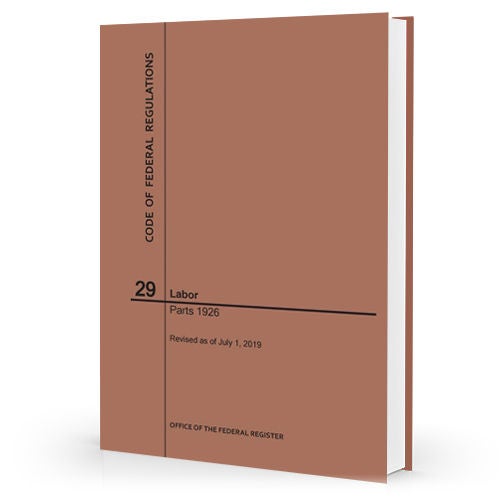- 1910.147 - General Industry
- Number of violations: 2,975
- 2,944 in FY 2018
- Top three citations for improper lockout/tagout were:
- Insufficient energy control procedures, training, and inspections
- Training and communication performance requirements for the control of hazardous energy during service and maintenance
- Employers did not perform periodic inspections of lockout/tagout procedures
The NUMBER FOUR most cited OSHA violation relates to electrical safety!
Number 4 - Lockout/Tagout

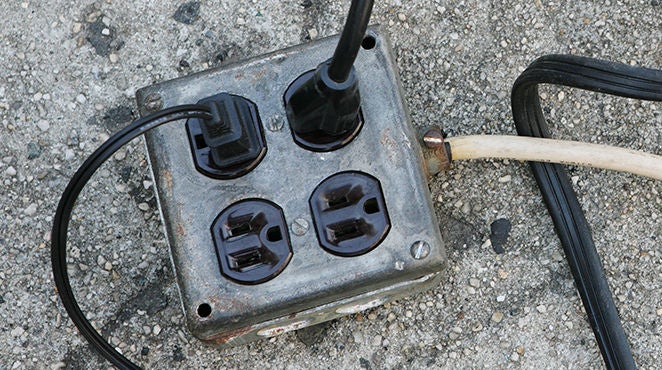
Number 10 - Electrical, Wiring Methods
- 1910.305 - General Industry
- Number of violations: 1,530
- 1,937 in FY 2016
- Investigators noted unsafe substitutes for permanent wiring and incorrect use of extension cords
- Unused openings in cabinets, boxes, and fittings not effectively closed
Shocking Statistics
Since 2010, there have been approximately 1,100 deaths in the US from accidental contact with electricity AND there have been over 14,000 non-fatal electrical injuries resulting in time away from work. That’s nearly 3 deaths and 40 non-fatal injuries per week, every week during this period! This is a serious, widespread occupational hazard that affects workers in many industries, across a wide range of job titles and job functions.
While these statistics might seem shocking, the fact is that workplace safety regulations have had a significant impact in reducing the number of electrical injuries and fatalities in the workplace. Since 1992, safety regulations have had a positive impact in reducing electrical related incidents. The decline has been even more rapid since 2006 and this can be attributed to the enactment and application of more stringent electrical safety codes. While the increased legislation at times can appear to be inconvenient, it has been proven to save lives.
But there is still work to do: while there has been a sizeable drop off in electrical fatalities, injury and death from electrical hazards in the workplace are still a very real danger. According to the Bureau of Labor Statistics, in 2016: 154 total fatalities and 1640 non-fatal injuries were due to exposure to electricity.
Core Documents
OSHA requirements for occupational safety can be found in Title 29 of the Code of Federal Relations (CFR). Part 1910, Subpart S addresses electrical safety requirements for General Industry, while Part 1926, Subpart K addresses electrical safety requirements for Construction.
In addition to the OSHA text, the NFPA 70 "trilogy" is referenced — both directly and indirectly — as a guide to ensuring an electrically safe workplace.
Safe Installation
Proper installation of electrical equipment is paramount in reducing electrical hazards. NFPA 70: The National Electrical Code, along with manufacturers’ instructions are key documents in facilitating this process.
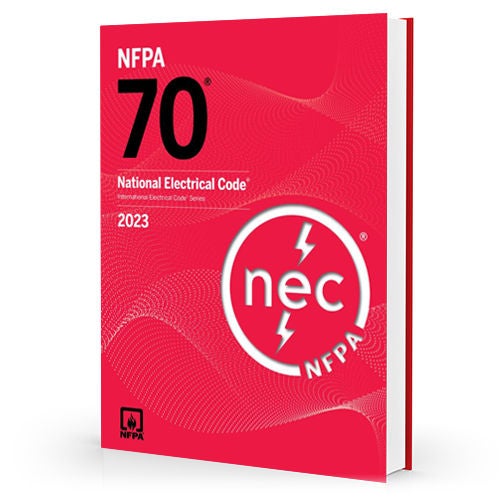
Regular Maintenance
All equipment requires maintenance to ensure the integrity of the installation throughout the useful service life. NFPA 70B: Standard for Electrical Equipment Maintenance, along with manufacturers’ instructions are key documents in facilitating this process. Historically, the NFPA 70B has always been written as a recommended practice, including non-mandatory suggestions and using language like “should” or “should not.” However, the 2023 edition has been completely revamped and is now written as a Standard, now including mandatory language like “shall” or “shall not.”
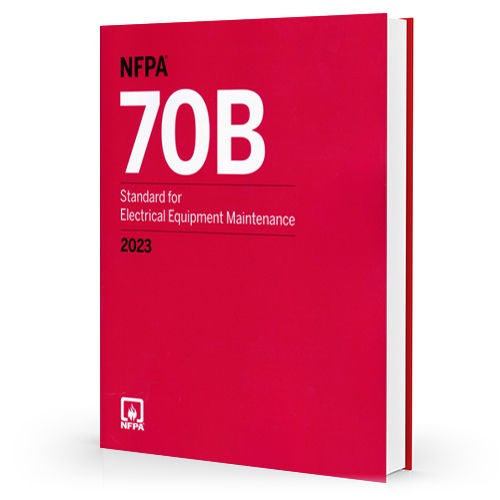
Electrical Safety Program
It is essential for an employer to have a documented safety program that identifies risk of exposure to electrical hazards, and a means for how tomitigate them. NFPA 70E: Standard for Electrical Safety in the Workplace is a key document in facilitating this process, and serves as the basis for OSHA’s electrical safety requirements.
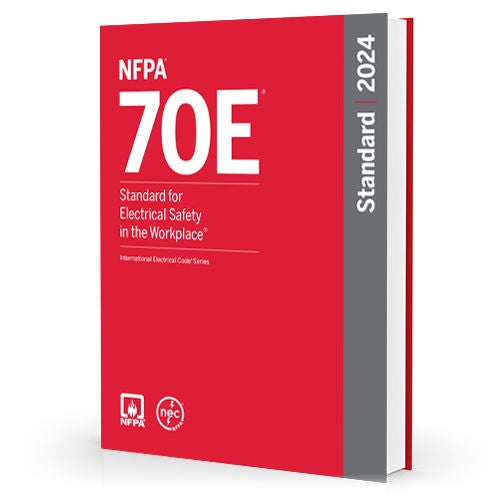
CFR 29 Code of Federal Regulations, Part 1910
Regulations for General Industry
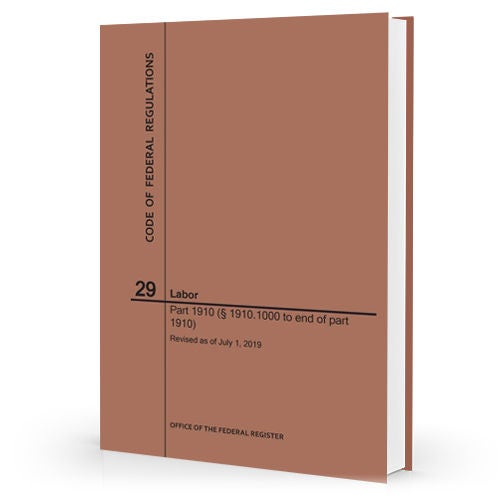
CFR 29 Code of Federal Regulations, Part 1926
Regulations for Construction
